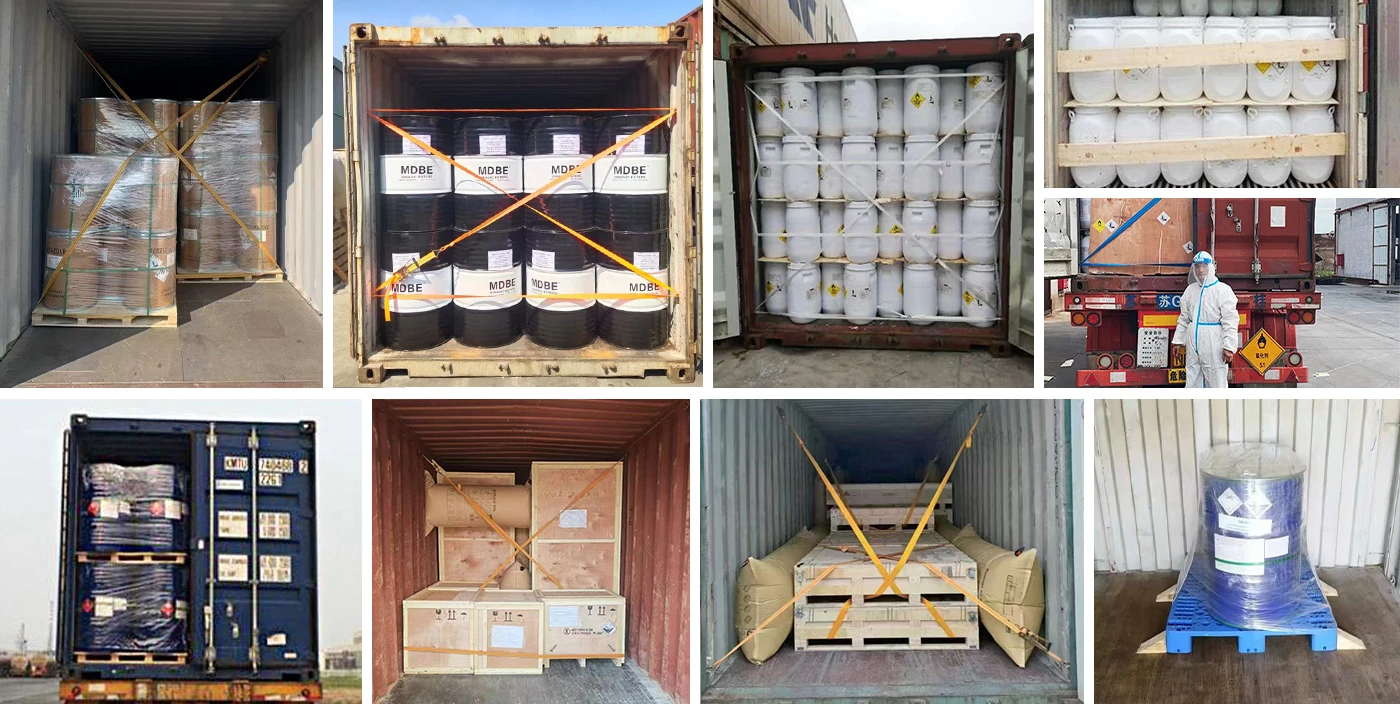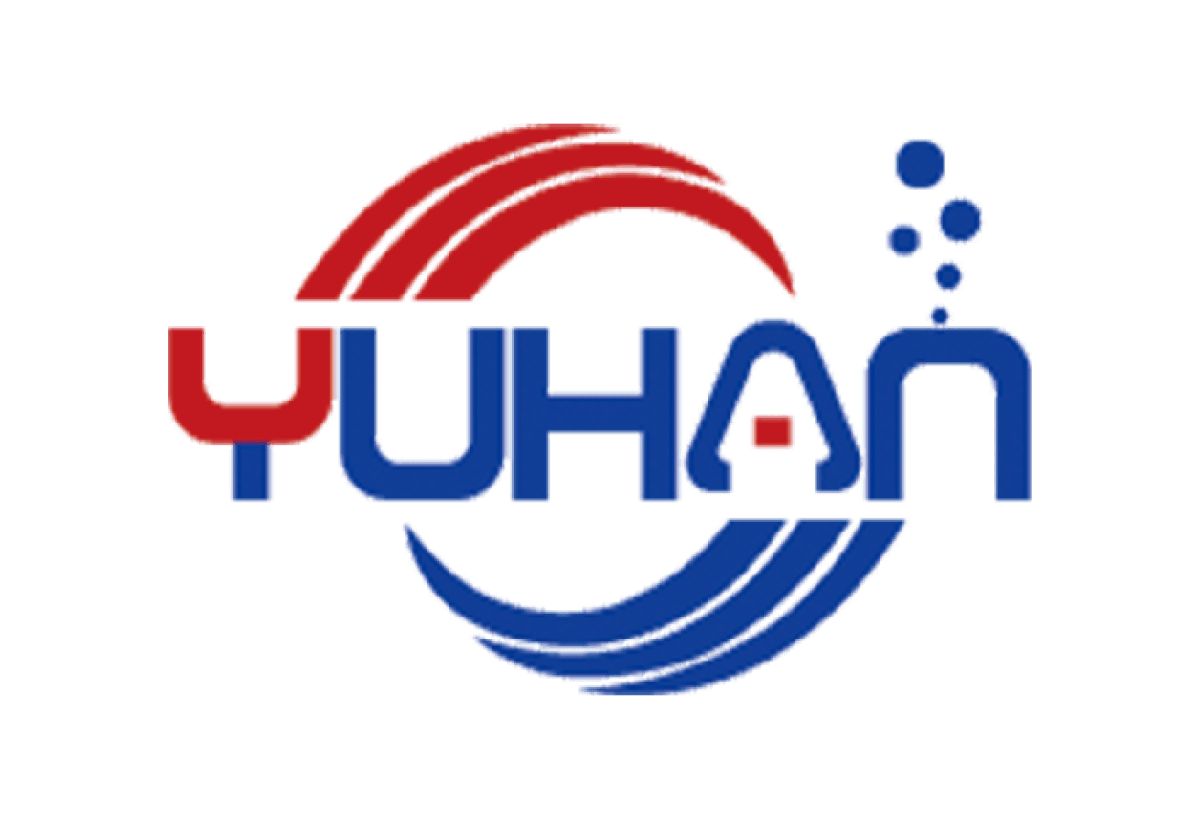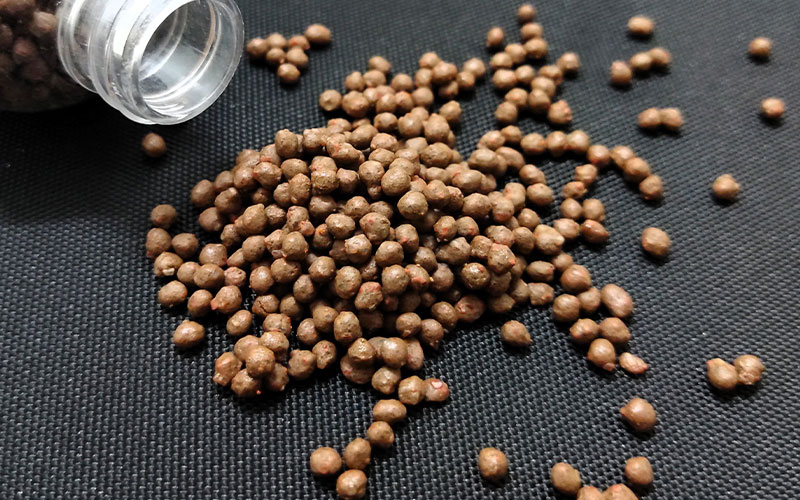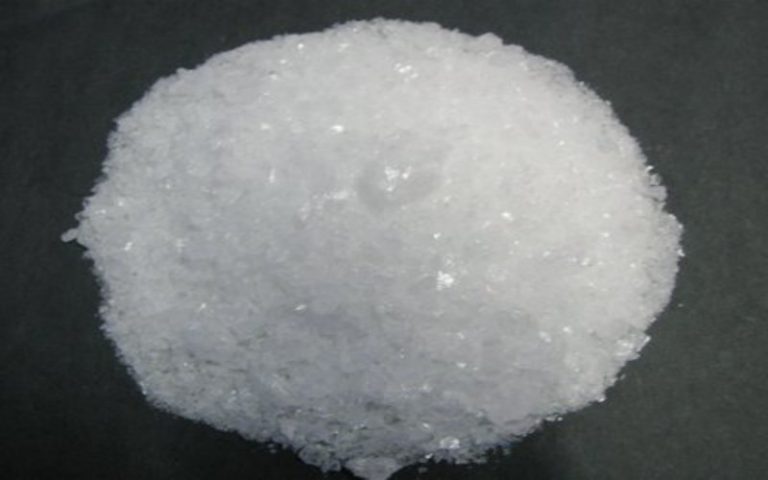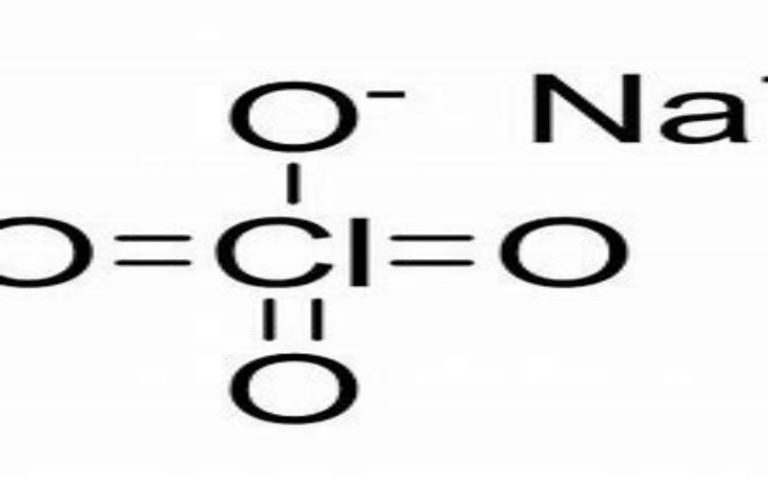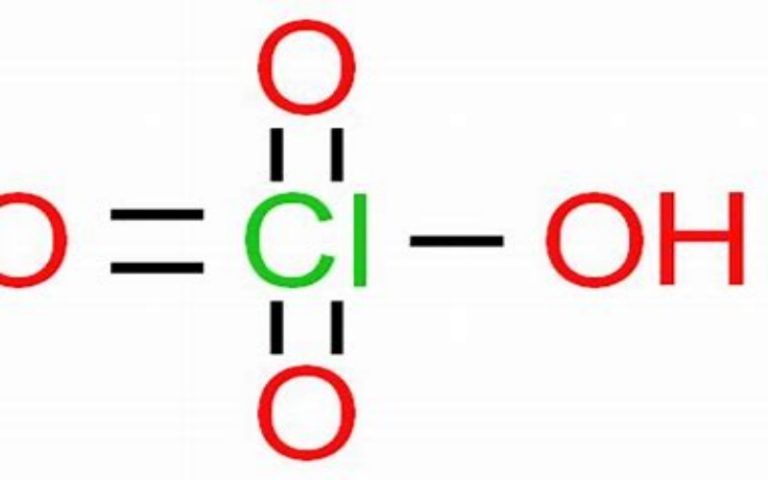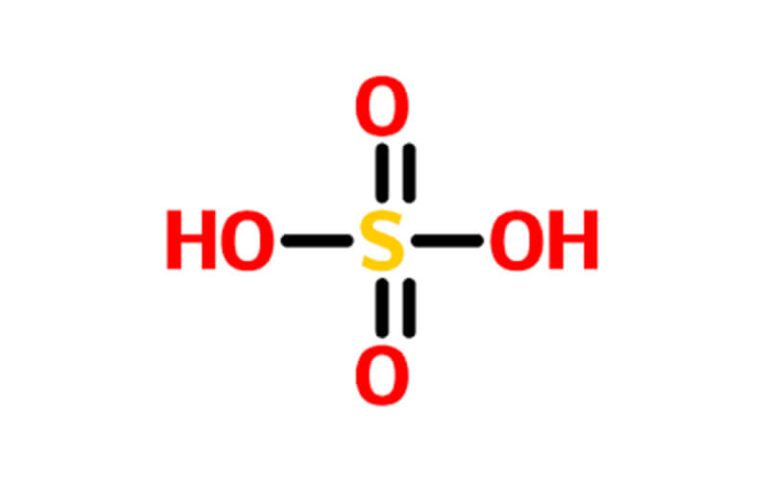Introduction
- Compound fertilizer refers to a fertilizer containing two or more nutrients of nitrogen, phosphorus and potassium. Compound fertilizer has the advantages of high nutrient content, few by-products and good physical properties. It plays a very important role in balanced fertilization, improving fertilizer utilization and promoting high and stable yields of crops.
- But it also has some disadvantages, such as its nutrient ratio is always fixed, while the types, quantities and proportions of nutrients required by different soils and different crops are diverse. Therefore, it is best to test the soil before use to understand the texture and nutritional status of the field soil. In addition, it is also necessary to pay attention to the application in combination with unit fertilizers to achieve better results.
Compound Fertilizer – Basic Information
| Feature | Description |
|---|---|
| Definition | A fertilizer that contains two or more of the primary plant nutrients (Nitrogen – N, Phosphorus – P, Potassium – K) in a single granule or mixture, often with secondary or micronutrients added. |
| Primary Nutrients | Nitrogen (N): Promotes leafy growth, essential for chlorophyll formation.<br>Phosphorus (P): Supports root development, flowering, and fruiting, energy transfer.<br>Potassium (K): Enhances overall plant health, disease resistance, water regulation, and fruit quality. |
| Forms | Granular, Powder, Liquid |
| Common Ratios | Expressed as N-P-K ratio (e.g., 15-15-15, 10-26-26, 20-10-10). The numbers represent the percentage by weight of N, P2O5 (Phosphorus Pentoxide), and K2O (Potassium Oxide) respectively. |
| Advantages | – Balanced Nutrition: Provides multiple nutrients in one application, ensuring plants receive a comprehensive nutrient supply.<br>- Convenience: Easier to apply than individual fertilizers.<br>- Uniform Distribution: Granular forms ensure even nutrient spread.<br>- Reduced Labor: Fewer applications needed.<br>- Cost-Effective: Can be more economical than purchasing and mixing individual nutrient sources. |
| Disadvantages | – Less Flexible: May not allow for precise targeting of specific nutrient deficiencies.<br>- Potential for Over-Application: If not used carefully, can lead to nutrient imbalances or waste.<br>- Higher Cost Per Unit Nutrient: Sometimes higher than straight fertilizers if specific nutrients are not needed. |
| Application Methods | Broadcasting, Banding, Side-dressing, Fertigation (for liquid forms) |
| Types of Compound Fertilizers | – NPK Fertilizers: Contain N, P, and K.<br>- NP Fertilizers: Contain N and P.<br>- NK Fertilizers: Contain N and K.<br>- PK Fertilizers: Contain P and K.<br>- Blended Fertilizers: Physical mixtures of straight fertilizers.<br>- Complex Fertilizers: Chemically produced compounds where each granule contains all nutrients. |
| Usage | Widely used in agriculture for various crops (cereals, fruits, vegetables), horticulture, and even home gardening to promote healthy plant growth and maximize yields. |
| Storage | Store in a cool, dry place, away from direct sunlight and moisture. Ensure bags are sealed to prevent caking and nutrient degradation. |
- Production process
- Common granulation processes for compound fertilizers include: drum granulation, disc granulation, spray granulation, high tower granulation, etc.
- High-tower melt rotary granulation method produces high-concentration nitro compound fertilizers. This technology sprays the nitro-urea-phosphate-potassium melt from the top of the granulation tower, and cools and agglomerates into granules during the descent in the tower. This is also called melt granulation method. The use of high-tower melt granulation method to produce compound fertilizers in ammonium nitrate production enterprises has the following advantages: First, the concentrated ammonium nitrate solution can be directly used, eliminating the spray granulation process of the concentrated ammonium nitrate solution and the crushing operation when the solid ammonium nitrate is used to make compound fertilizers, simplifying the production process and ensuring production safety. Second, the melt rotary granulation process makes full use of the thermal energy of the concentrated ammonium nitrate solution, the moisture content of the material is very low, and there is no need for a drying process, which greatly saves energy consumption. Third, it can produce high-nitrogen, high-concentration compound fertilizers, the surface of the product particles is smooth and round, the qualified rate is very high, it is not easy to agglomerate, and it is easy to dissolve. This ensures that the product has a strong competitive advantage in quality and cost from the production technology aspect.
- Drum granulation is also called roller granulation. Drum granulator is the most widely used type of compound fertilizer production equipment. The formula restrictions are relatively small. It can also be achieved by using part of the spraying and part of the ammonia. The most equipment type, 2-3 million can make a production line, the daily output can reach more than 280-400 tons, and the good formula can reach more than 500 tons. The drum granulation production process is favored by many compound fertilizer manufacturers due to its advantages such as relatively small formula restrictions, high output, low investment, and short construction period, and is adopted by more and more compound fertilizer manufacturers.
use
Special for rice
It is made of urea, ammonium phosphate and potassium chloride as the main raw materials, and the effective nutrient content of nitrogen, phosphorus and potassium is ≥25%. It can be used as base fertilizer and topdressing. The general dosage is 60-75 kg per mu, with base fertilizer accounting for 60-70% of the fertilizer application and topdressing accounting for 30-40%.
Special for corn
The special fertilizer for corn is a special fertilizer produced by professional formula based on the fertilizer requirements of corn during its growth process and suitable for the needs of corn for nitrogen, phosphorus and potassium.
Special for bamboo
It is made of urea, ammonium phosphate and potassium chloride as the main raw materials, and the effective nutrient content of nitrogen, phosphorus and potassium is ≥28.5%. 50 kg per mu is used, combined with weeding from May to June each year, and strip application or furrow application is adopted.
Special for tea
It is made of urea, ammonium phosphate, potassium sulfate and appropriate amounts of medium and trace nutrients such as magnesium and boron as the main raw materials, and the effective nutrient content of nitrogen, phosphorus and potassium is ≥25.0%. The amount of fertilizer is determined by the yield per mu of mature trees. Generally, the yield of dry tea per mu is 50, 100, and 150 kg, and 70, 90, and 120 kg of special fertilizer are applied respectively. It is applied according to 50% of the total amount one month before spring tea harvesting, 25% of the total amount after spring tea picking, and 25% of the total amount 15-20 days before autumn tea picking.
Special for tobacco
Generally, 50 grams per plant in medium fertility fields, and strips are opened when tobacco is transferred.
Potassium sulfate fertilizer
It is made of urea, ammonium phosphate and potassium sulfate as the main raw materials, and the effective nutrient content of nitrogen, phosphorus and potassium is ≥36%. It is applied evenly near the drip line of the crown at 3-4 kg per plant per year for mature trees. It can be applied in a ring, circle or strip, and the trench depth is 30CM.
Pollution-free fertilizer
Urea, ammonium phosphate and potassium sulfate are the main raw materials, and the effective nutrient content of nitrogen, phosphorus and potassium is ≥35%. For fruits and vegetables, the fertilizer is 80-150 kg/mu, of which 30-60 kg is used as base fertilizer and 50-90 kg is used as topdressing. For leafy vegetables, the fertilizer is 60-120 kg/mu, of which 15-40 kg is used as base fertilizer and 40-80 kg is used as topdressing.
Special fertilizer for eucalyptus
Special fertilizer for eucalyptus, referred to as eucalyptus fertilizer. It is a modern high-tech afforestation product carefully developed according to the unique physiological characteristics of eucalyptus, the latest technology of eucalyptus high-yield afforestation and relevant scientific theories such as botany, soil nutrition, and forestry production. It not only scientifically matches the necessary nutrients for the rapid growth of eucalyptus, such as ammonia, phosphorus, and potassium, but also reasonably adds a variety of medium and trace elements such as magnesium, copper, and zinc, and organic matter containing humic acid, based on the fact that the soil in southern my country generally lacks trace elements such as boron and zinc, and eucalyptus is mostly planted in mountainous areas and slopes that lack organic matter and have poor fertility. After application, it can not only balance the nutrition of eucalyptus and enhance its growth potential, but also effectively prevent the occurrence of physiological diseases such as drooping disease, ensure the healthy and rapid growth of eucalyptus, greatly improve the yield rate and yield of eucalyptus, and significantly increase production and income.
High-concentration fertilizer
Urea, ammonium phosphate, and potassium chloride are the main raw materials. The effective nutrient content of nitrogen, phosphorus, and potassium is ≥45%. It can be used as base fertilizer and topdressing. The application amount should be determined according to factors such as soil fertility and crop types.
Our company specializes in hazardous chemicals, flammable and explosive chemicals, toxic chemicals (legal export), ultra-pure and high-purity reagents. Welcome to contact us.
Packing and shipping
